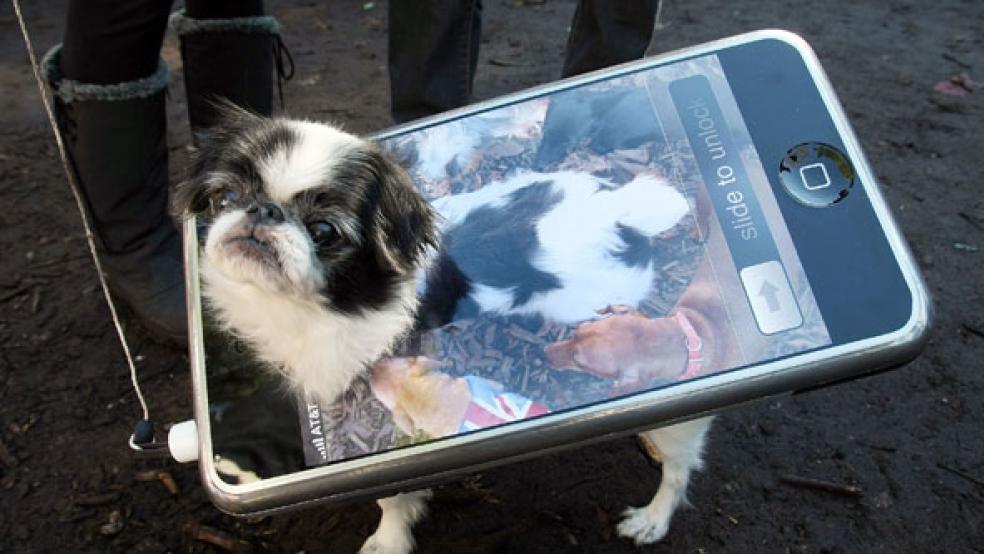![]() Total American Halloween spending is estimated to hit $6.86 billion this year – making Halloween the second largest commercial holiday in the U.S. behind Christmas. And while the holiday has always been about marketing, ghosts, zombies, vampires, witches and even pets dressed as Robin Hood will (rightly) take the spotlight.
Total American Halloween spending is estimated to hit $6.86 billion this year – making Halloween the second largest commercial holiday in the U.S. behind Christmas. And while the holiday has always been about marketing, ghosts, zombies, vampires, witches and even pets dressed as Robin Hood will (rightly) take the spotlight.
As the early Catholic Church spread its teachings across a largely pagan Britain, it needed a hook to sell the populace. Incorporating rituals of Celtic end-of-summer festivals into a minor Christian holiday, the church created All Hallows Day (today called All Saints Day) and with it, All Hallows Eve, the night-before festivities in which the Celts were given license to exercise their pre-Christian urges.
Later, poor Scottish and Irish children used the holiday as an excuse to go “souling,” or traveling door to door in costumes begging for food, in a manner similar to Christmas caroling of the time. In Victorian London, All-Hallows became an outlet for the frustrations of the working poor (take note, OWS protestors). But when those Scots and Irish came to the land of opportunity as immigrants, they brought their traditions with them – and Halloween as we know it began to take shape.
Click here for the Halloween photo gallery.


